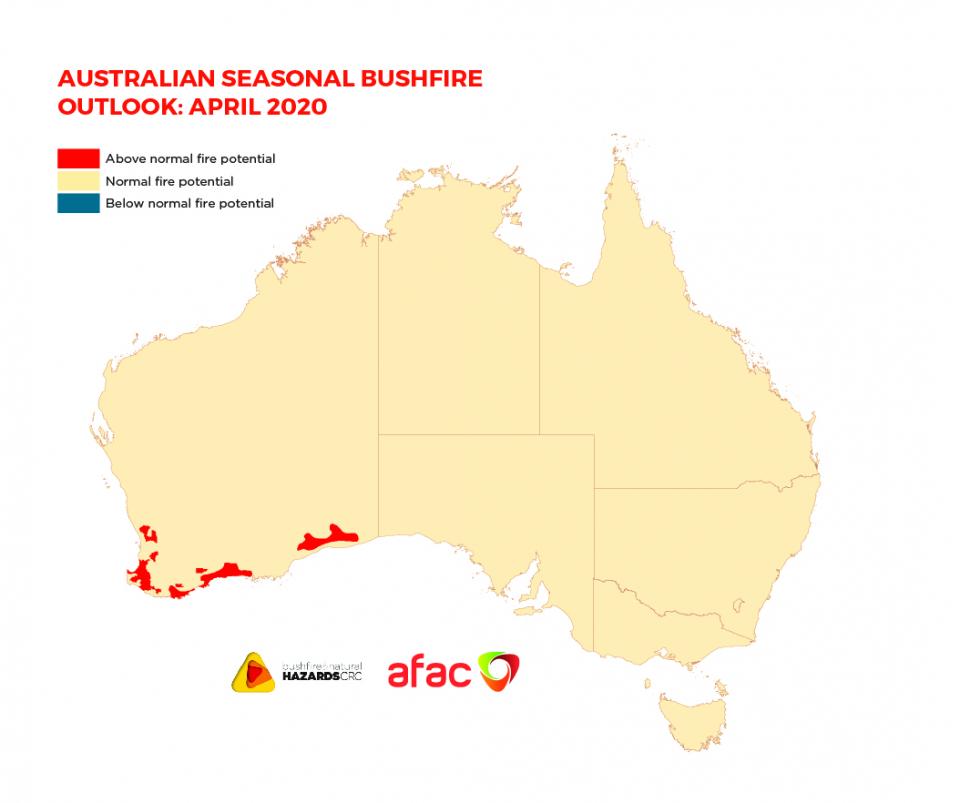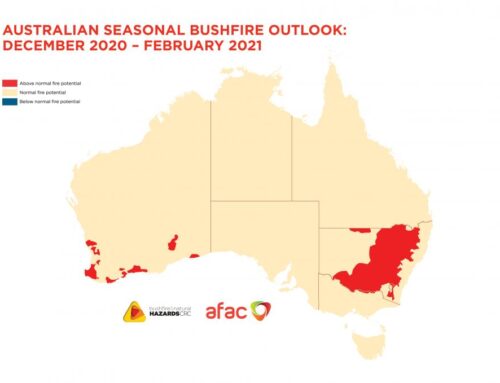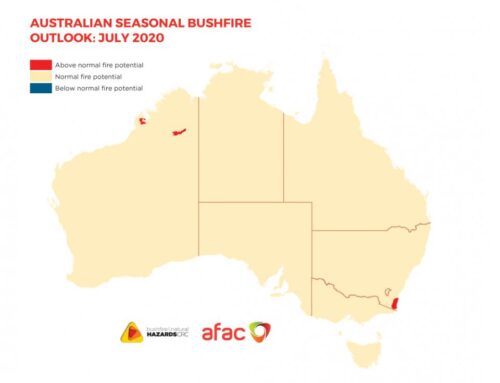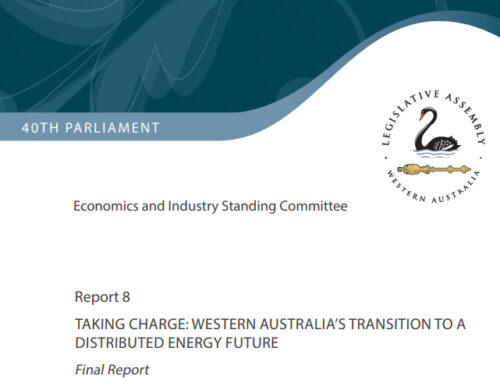Fire management is a year-round process and the Australian Seasonal Bushfire Outlook: April 2020 reflects the priorities in each state and territory over the next three months. It takes into account the impacts of the 2019/20 fire season and the weather conditions expected in coming months. Although the risk of uncontrolled bushfire is lower in most areas, the fire potential remains high in some specific regions due to the long-term low rainfall. It is important to remember that areas designated as normal or below normal fire potential may experience bushfire – normal or below normal risk does not mean there is no risk…
WESTERN AUSTRALIA
Rainfall from Tropical Cyclones Damien (early February) and Esther (mid February) have resulted in significant vegetation growth for the grasslands of the Kimberley and spinifex areas of the Pilbara. With weather conditions becoming cooler and more stable, the northern parts of Western Australia will soon commence their planned burning activities, including the Kimberley’s annual aerial and roadside burning programs. These burning programs are a collaboration between the Department of Fire and Emergency Services, the Department of Biodiversity, Conservation
and Attractions, Main Roads WA, Traditional Owners, the Kimberley Land Council, the Australian Wildlife Conservancy and the Pastoralists and Graziers Association of WA.
For the southern parts of Western Australia, ongoing hot and dry conditions are reflected in below average root zone soil moisture, particularly in areas with woody vegetation. Above normal fire potential continues for parts of the Swan Coastal Plain, Jarrah Forest, Warren, Mallee, Esperance Plains, Nullarbor and Hampton Biogeographic Regions. In the past two years, the south west has experienced unusually strong and dry pre-frontal winds associated with cold fronts in late autumn, highlighting the need for good burn security and situational awareness in the conduct of prescribed burning operations.
The Australian Seasonal Bushfire Outlook: April 2020 is used by fire authorities to make strategic decisions such as resource planning and prescribed fire management to reduce the negative impacts of bushfire.





